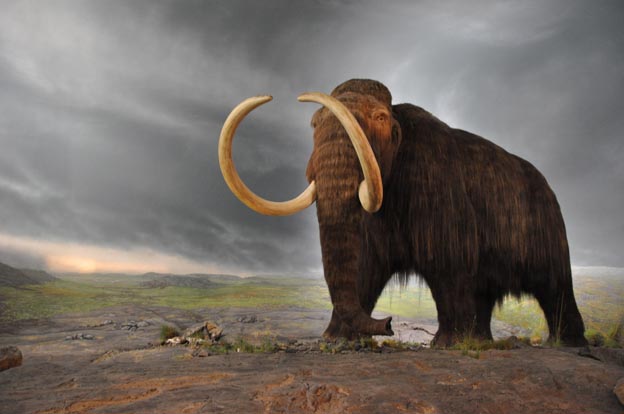Reviving extinct species – fiction or fact?

The woolly mammoth never did make it into Jurassic Park.
But seeing one lumbering across the permafrost in the not too distant future — could it happen?
Now that we have the complete genome of the woolly mammoth, can we – and should we – bring them back? Join us as we launch our first lecture in the new Research in the City series (formerly Science in the City) with Hendrik Poinar’s talk Reviving Extinct Species – Fiction or Fact? on Tuesday, October 27.
The evolutionary geneticist admits that there’s a part of the child in him that would love to see one of these majestic creatures wandering the northern permafrost.
After all, Poinar has been studying DNA from fossil remains for 20 years now, and in 2006 his research team was the first to usher in the use of next generation methods to sequence the genome of the extinct woolly mammoth – yes it happened at McMaster first!
This discovery was the roadmap that led to the publication of the genome of the woolly mammoth this year. Many people are hopeful that this will lead to the possibility of cloning extinct animals.
In this talk, Poinar will explore the evolutionary history of the woolly mammoth, his pioneering research with their DNA, and his continued work to understand their ultimate demise.
This is a free lecture and all are welcome. The talk will be held in the second floor auditorium of the David Braley Health Sciences Centre 100 Main Street West, Hamilton.
Reserve your seats by email: research@mcmaster.ca or by phone 905-525-9140 ext. 24934 Doors open at 6:30 p.m.
